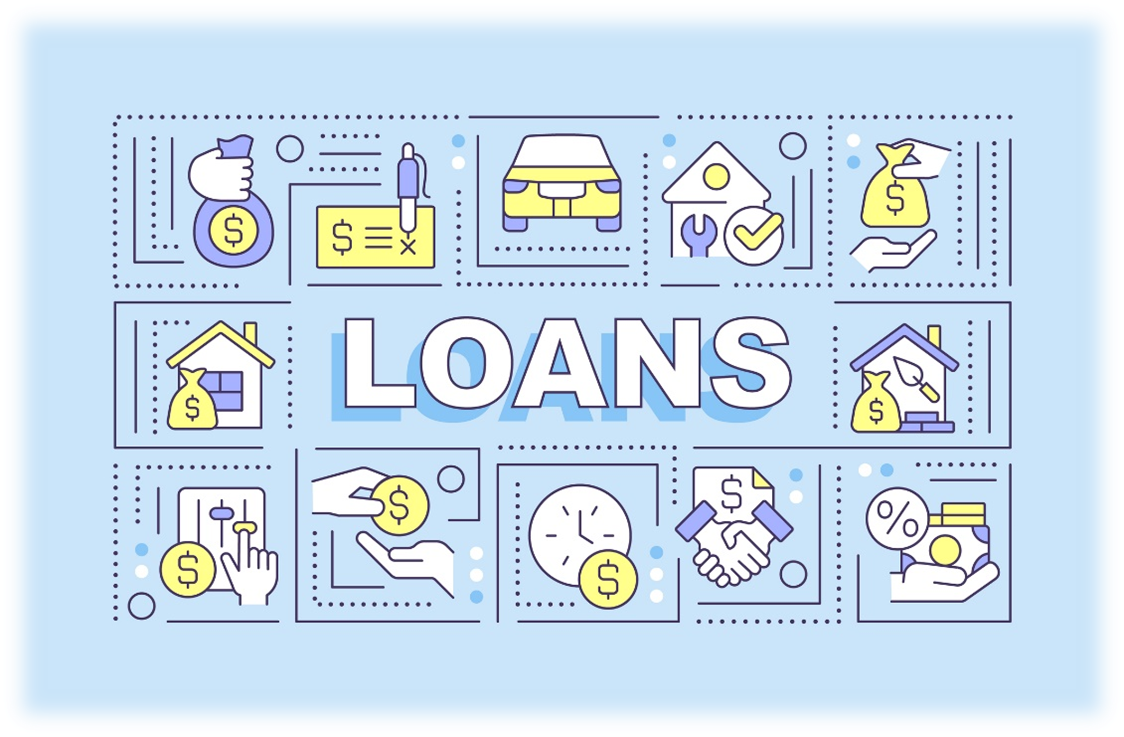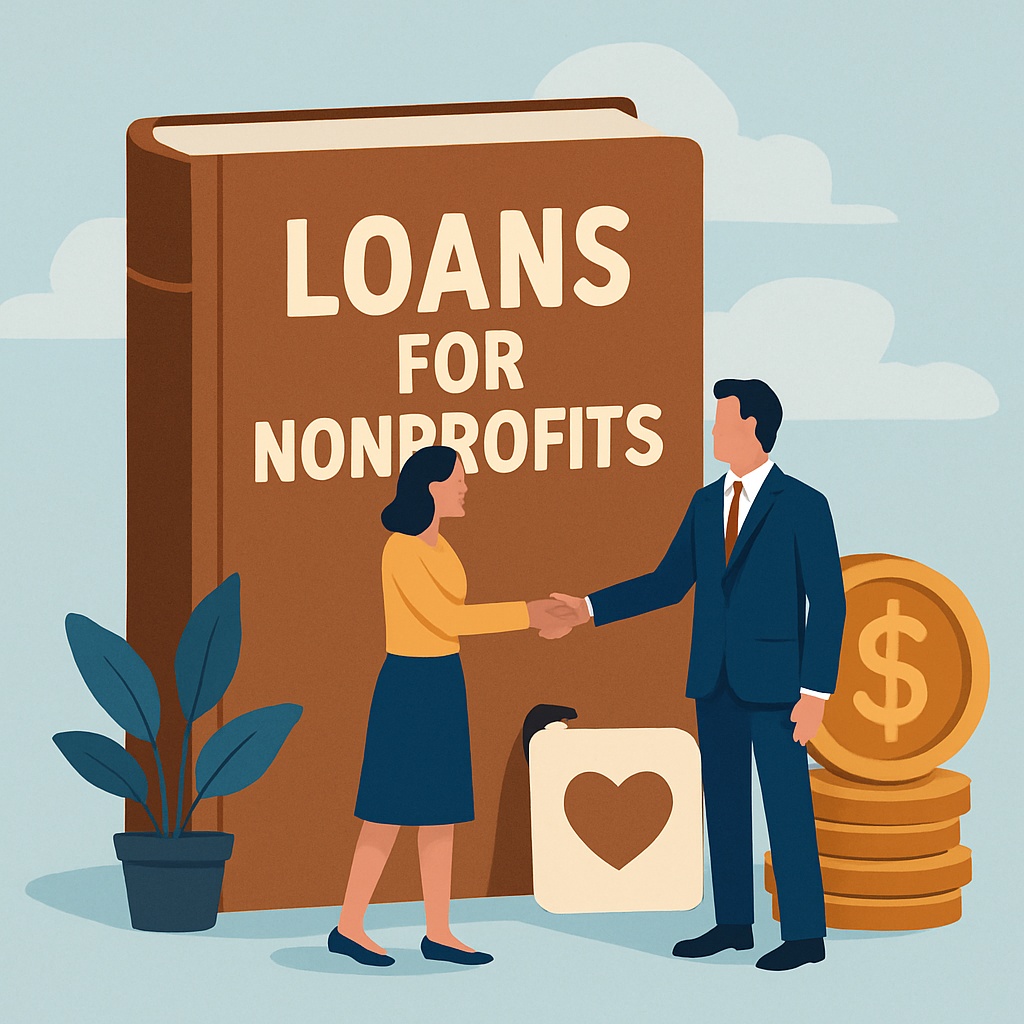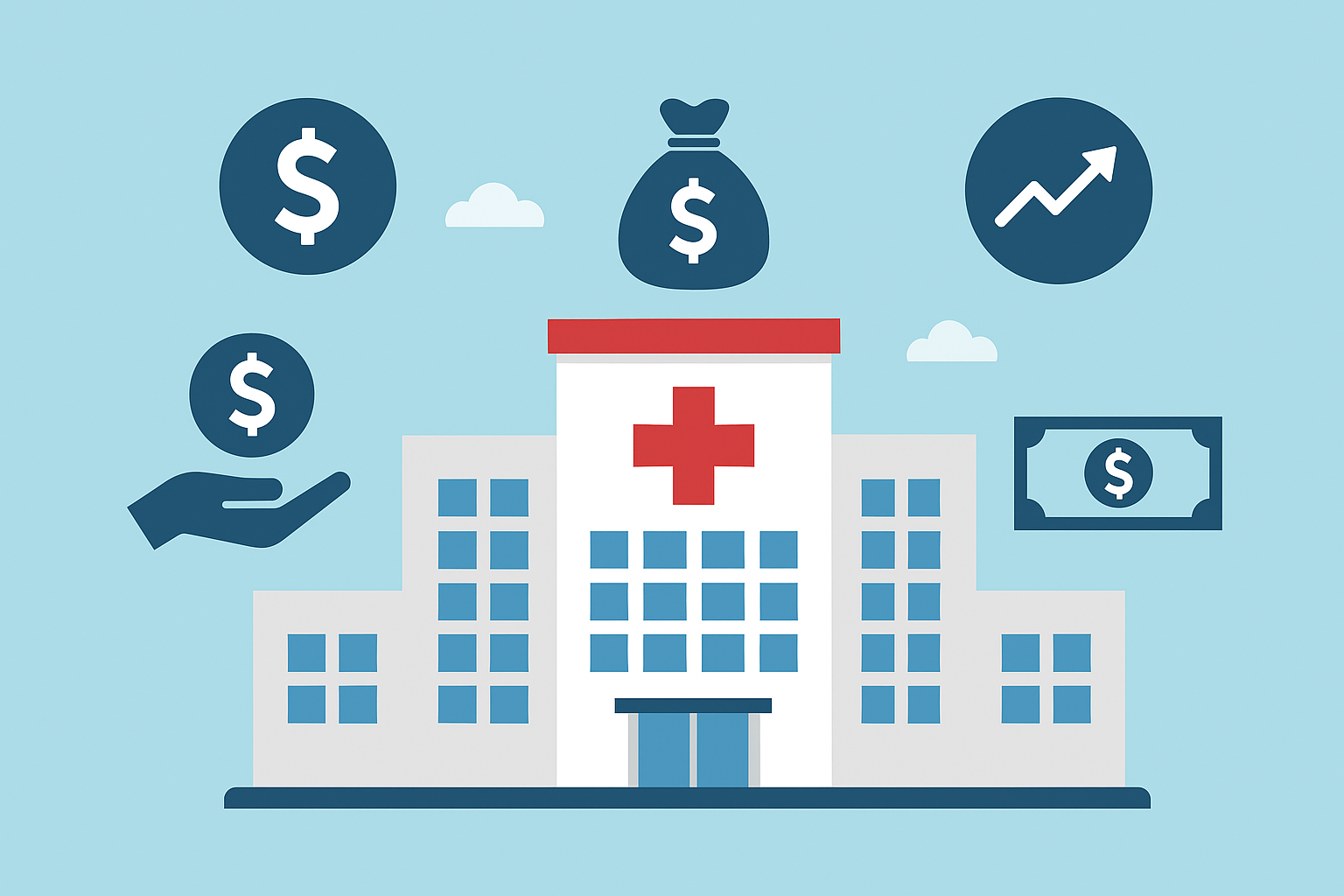Nonprofit Financial Hub

Understanding Different Loan Types for Nonprofits
Nonprofit organizations have access to a range of loan products tailored to their missions, financial structures, and unique challenges. Unlike for-profit businesses, nonprofits often have to balance irregular revenue streams, delayed or slow grant reimbursements, and uncertain donor-driven funding cycles. The right loan can smooth cash flow, fund growth, and unlock mission-critical opportunities.
Here’s a comprehensive overview of the different types of loans nonprofits may consider:
Term Loans
A term loan is the most traditional form of borrowing. A nonprofit receives a lump sum upfront and repays it, with interest, over a set period.
At B Generous, some of our most popular loans are fully amortized 3-to-5-year term loans. These are repaid in up to 60 equal monthly payments, providing predictability in both cost and timing so nonprofits can budget with confidence.
Term loans are excellent for large, one-off expenses such as capital projects, equipment purchases, or facility improvements. Shorter-term loans can also be useful for mission-related funding where repayment is tied to a specific, expected source of future funds.
Lines of Credit
A line of credit works like a flexible borrowing account. Nonprofits are approved for a maximum amount and can draw funds as needed, paying interest only on the part of the loan facility that is actually used.
This structure is ideal for nonprofits with seasonal fundraising cycles or fluctuating cash flow, giving them quick access to liquidity without committing to a full loan balance.
Bridge Loans / Grant Anticipation Loans
These short-term loans provide immediate funding until a known future source, like a grant, reimbursement, or pledged donation, arrives.
Bridge loans are useful for organizations that have committed funds on the way but need cash immediately. These types of loans are extremely popular with our nonprofits who have been awarded grants at some future date or for reimbursement grants. These loans usually run from 12 to 24 months but, as with all loans, there is no one-size-fits-all and these can be tailored to specific nonprofit circumstances.
Cash Secured Loans
In some cases, a nonprofit can use its own cash reserves, savings, or endowments as collateral for a loan. A cash secured loan is a loan backed by the borrower’s own cash. Instead of using property, equipment, or investments as collateral, the borrower places cash into a dedicated savings account or certificate of deposit (CD). The lender then issues a loan based on that amount, usually for 90% to 100% of the deposit.
In essence, you are borrowing against money you already have. While this can sound counterintuitive, it can serve a purpose in certain financial situations. Benefits of cash secured loans can include:
- Easier Approval – Because the loan is fully backed by cash, lenders are far more likely to approve it, even if the nonprofit borrower has limited credit history or weaker financial standing.
- Credit Building – On-time payments made toward a cash secured loan are reported to credit bureaus. This can help nonprofits strengthen their credit profile over time.
- Predictable Terms – These loans usually come with competitive fixed interest rates and repayment schedules, making budgeting easier.
- Quick Access to Funds – Cash secured loans are often processed faster than other types of credit since the collateral is simple and already in place.
Mortgages / Real Estate Loans
For nonprofits looking to purchase, expand, or refinance facilities, real estate loans are a common solution. These loans are typically long-term and secured by the property.
Schools, hospitals, pet shelters, and faith-based organizations often rely on real estate loans to fund facility growth or consolidate existing property debt at better terms.

Equipment Financing
Despite the name, equipment financing can cover much more than physical equipment or machinery. These loans can fund vehicles, computers, software, or even specialized systems like fundraising platforms.
The purchased equipment itself usually serves as collateral, making this a cost-effective way to upgrade or modernize without draining reserves.
Working Capital Loans
A broad category, working capital loans cover day-to-day operational expenses when cash flow is temporarily tight.
These are particularly useful for nonprofits that face short-term funding delays but have a verifiable source of repayment, such as a recurring donor base, a signed service contract, or pending grants.
Faith-Based Loans
Faith-based organizations, such as churches, mosques, temples, and synagogues, often require loans structured around their unique governance and revenue models.
- Features: These may include consideration for tithes or congregation-based revenue streams, flexible repayment schedules, and specialized underwriting that accounts for community pledges or giving history.
- Use cases: Renovating sanctuaries, funding new ministries, refinancing existing church debt, or building community centers.
Faith-based lending recognizes that these organizations operate differently from traditional nonprofits and provides tailored terms that align with their mission and membership model.
Bonds
While less common, bond financing can be an option for large, well-established nonprofits with strong credit histories. Bonds allow organizations to raise substantial funds from individual or institutional investors.
This method is best suited for large-scale capital projects such as hospitals, universities, or cultural institutions, and typically requires financial sophistication and ongoing compliance.
Crowdfunded Loans
Some online lending platforms let nonprofits raise funds through individual microloans. This approach may suit small, engaging projects, but its results are unpredictable and highly competitive. Because securing a loan this way is uncertain, crowdfunded loans, if used at all, should complement, not replace, other funding sources.
Secured vs. Unsecured Loans
- Secured loans require collateral, such as property, equipment, or cash. They typically offer lower interest rates and better terms.
- Unsecured loans rely on creditworthiness and repayment history instead. These may be harder to access and come with higher rates, but they can be appropriate for nonprofits without substantial assets.
B Generous Insights
There is no one-size-fits-all approach in nonprofit lending. Each organization’s needs, repayment capacity, and mission priorities are unique.
At B Generous, we guide nonprofits through this landscape by:
- Matching them with the right loan type for their circumstances.
- Partnering with lenders who understand nonprofit finance.
- Focusing on repayment sources that are verifiable, mission-aligned, and sustainable.
Our goal is to create a cycle of sustainable impact: nonprofits borrow, achieve their goals, repay responsibly, and unlock capital for the next organization—accelerating good across the sector.



